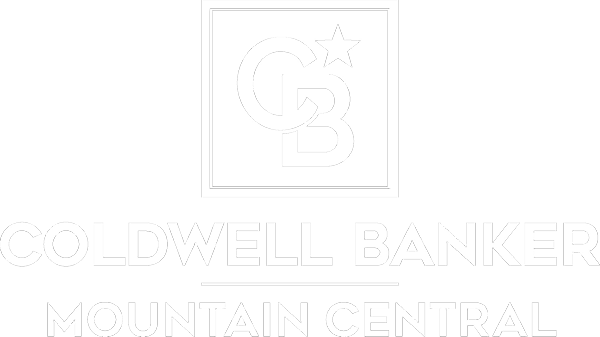Flooding is the most common natural disaster that affects Canadian homes and businesses and can happen almost anywhere. A heavy rain, a broken water main, or a cracked toilet tank can all cause a home or business to flood. In light of the flooding that devastated parts of Calgary and surrounding area this spring it’s a good time to review some of the important first steps that you should take if your home has been damaged by a flood.
First steps you can take after a flood:
- Before you attempt to enter a flooded structure, do a perimeter check for signs of structural damage. Look for supports that have been undermined by flowing water, for example, under overhangs or carports. Also look for signs of damaged or weakened floors before you enter a structure.
- If you smell gas, leave the premises immediately and contact your service provider. Do not use any open flames until you are sure that the gas has been turned off and the area has been ventilated.
- Do not enter a flooded area of a building until you are certain that the electricity has been turned off. Power should not be turned back on until the electrical system in the building has been inspected. Do not use any appliances that have been damaged by flood waters until they have been thoroughly cleaned and inspected. In some cases it might be safer to replace them with new ones.
- Once you’re sure that the gas and electricity have been turned off, you can begin to remove the standing water from your home. If the basement is full, don’t remove more than one third of the volume per day. If the ground around the structure is still saturated with water, the pressure could cause the foundation to collapse. Poke holes around the bottom of walls and near the edges of flood damaged ceilings to allow trapped water to drain. It may be necessary to open walls up completely below the water line to allow them to dry out to prevent mould growth.
- Document everything thoroughly, and don’t throw anything out without talking to your adjuster first. Throw out carpet and other flooring that has been soaked with sewage. Take waterlogged furniture outside for cleaning and to let it dry out. Waterlogged mattresses are difficult to salvage so it might be best to replace them.
- Clean interior walls above and below the waterline with clean water and unscented detergent or all-purpose cleaner. Washing hard surfaces with mixture of one cup of bleach in 18 liters of water will prevent mould growth. Use fans and dehumidifiers to dry the structure out as quickly as possible.
Flooding is a common occurrence in Canada, and if it happens to you, follow these steps and you’ll be well on your way to making a safe return home.
By Patrick Murray Join me on Google+

